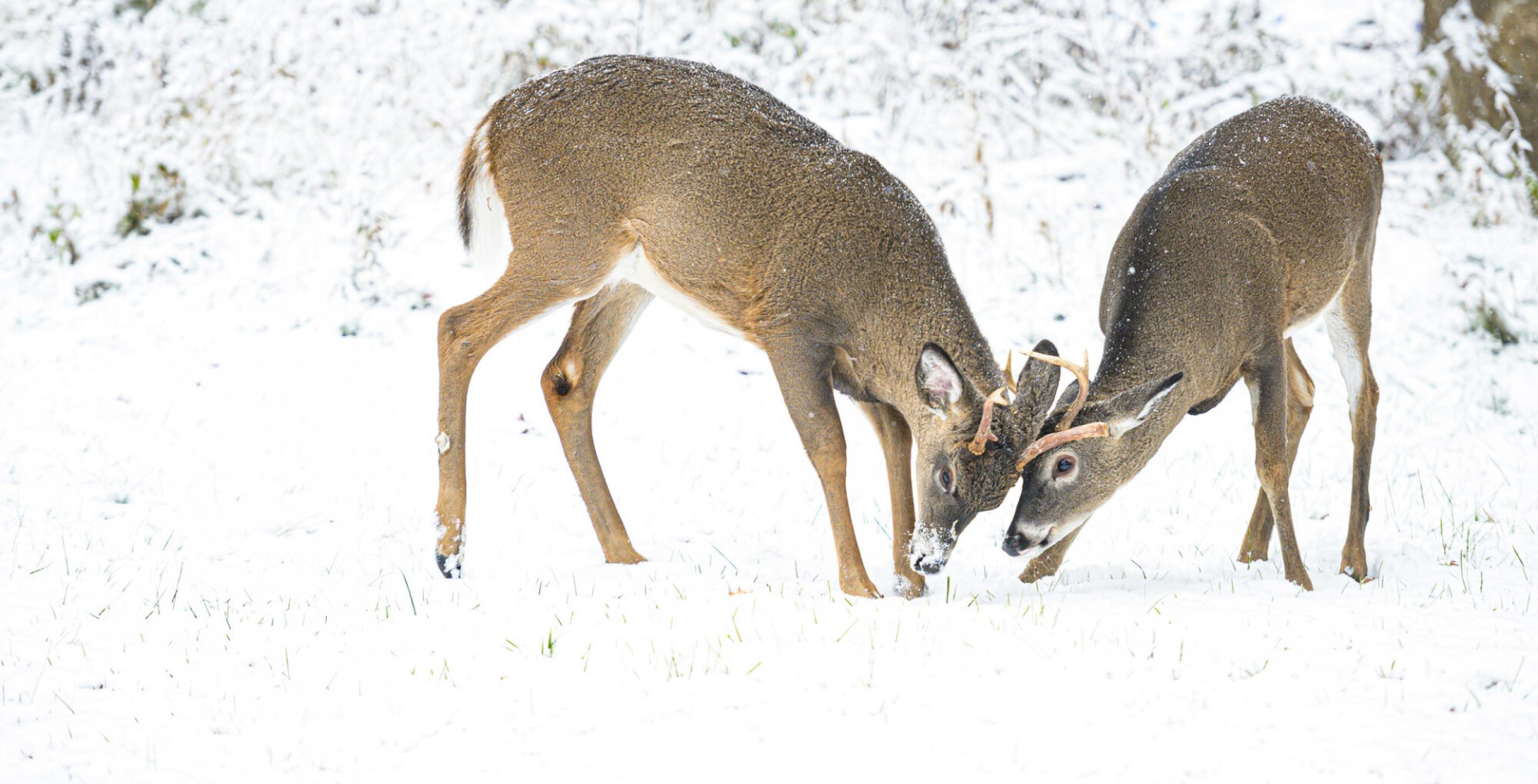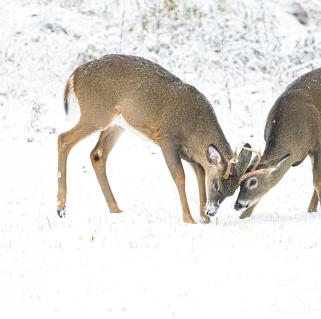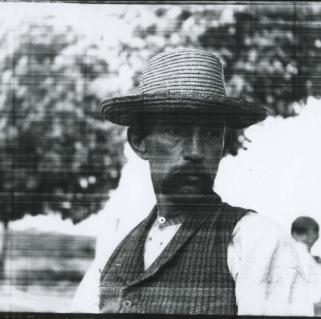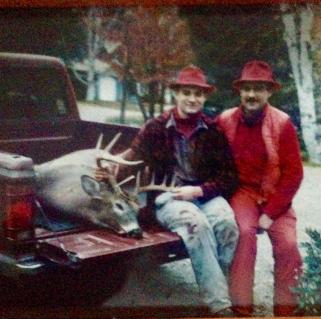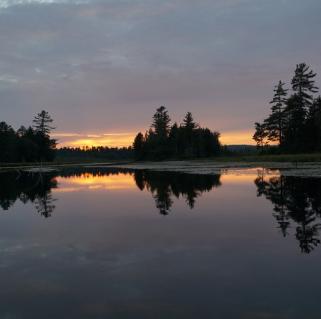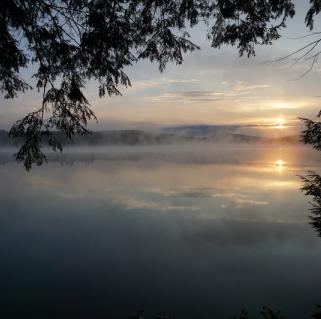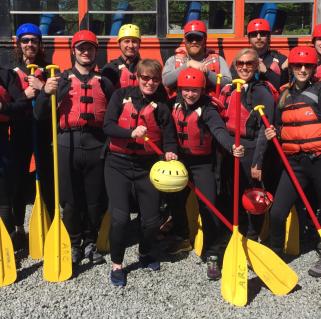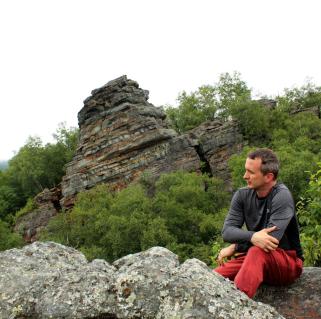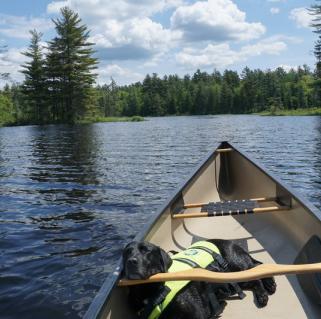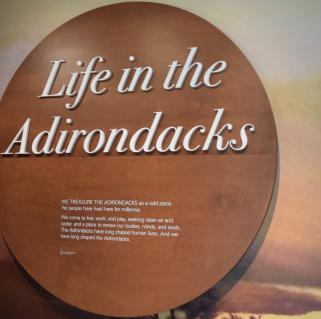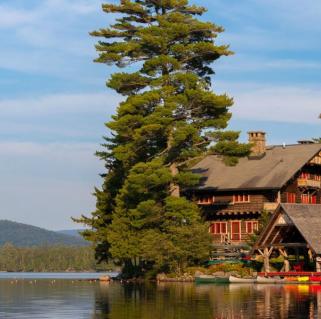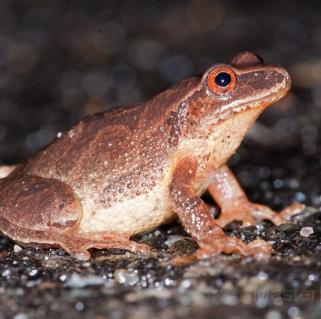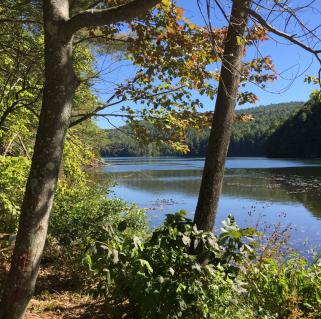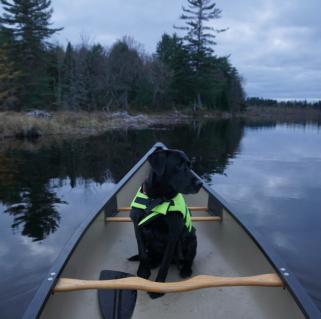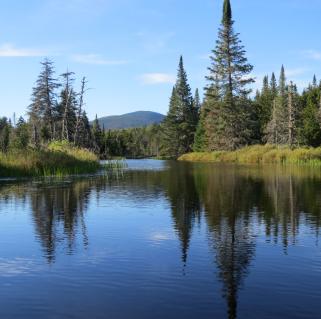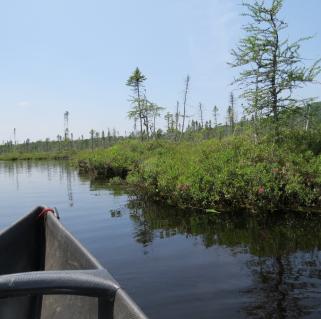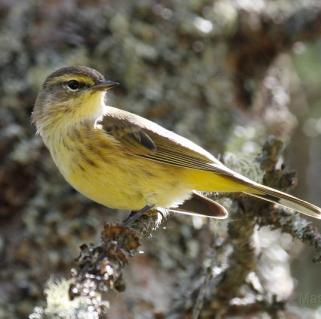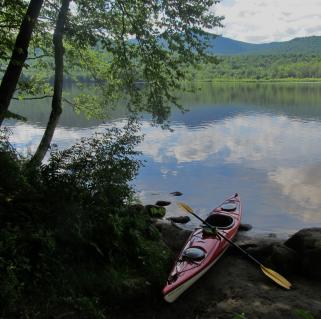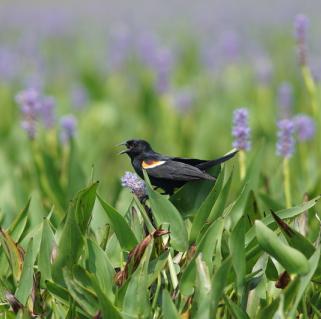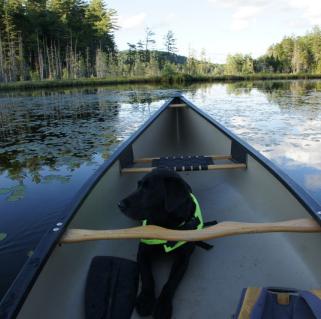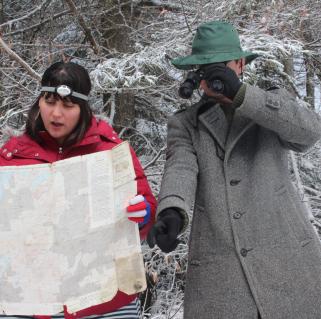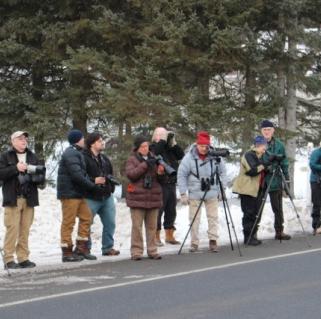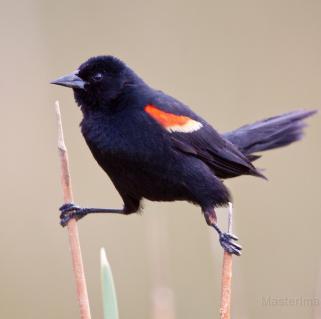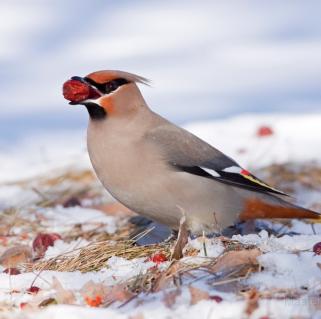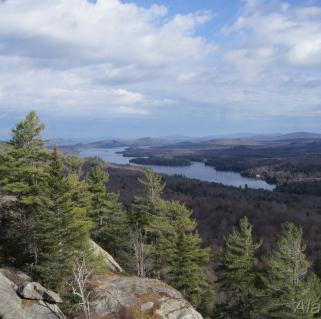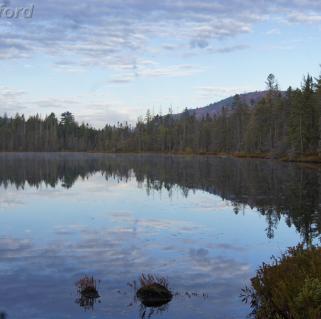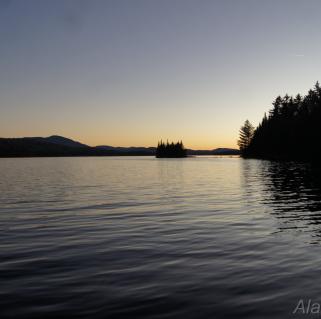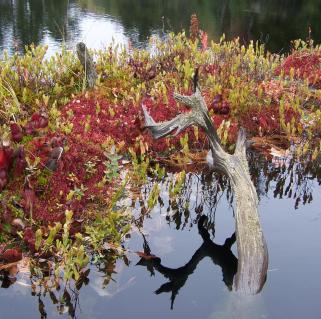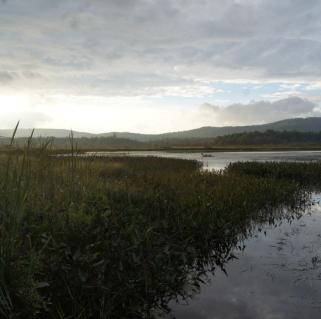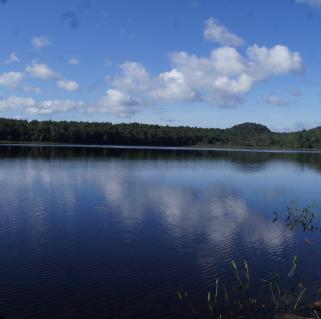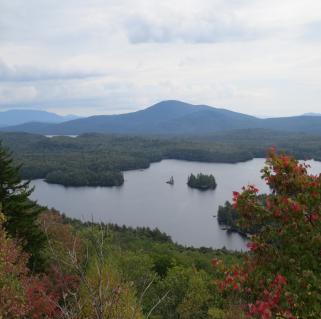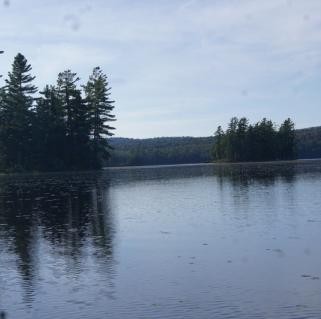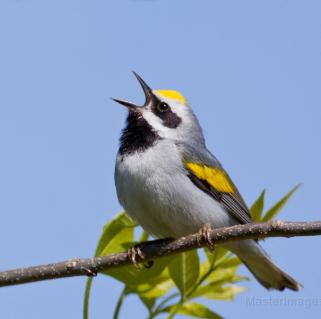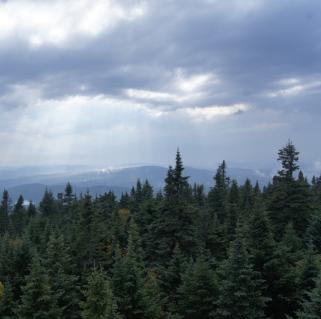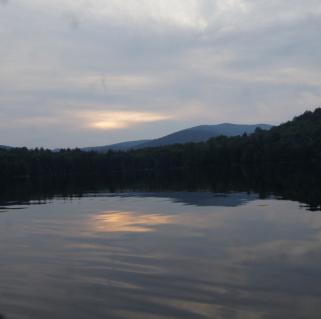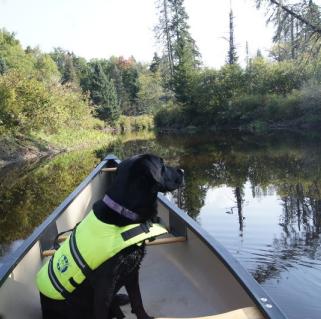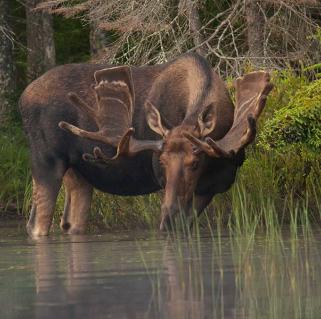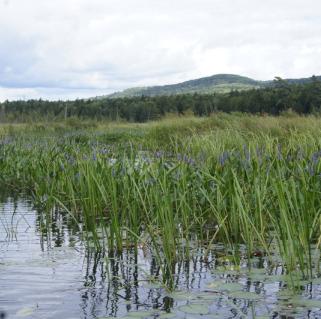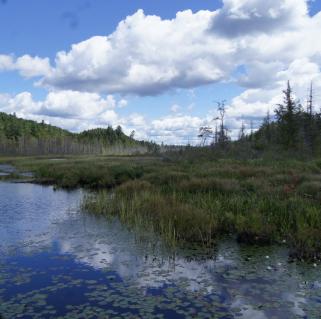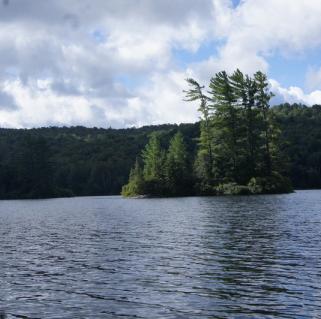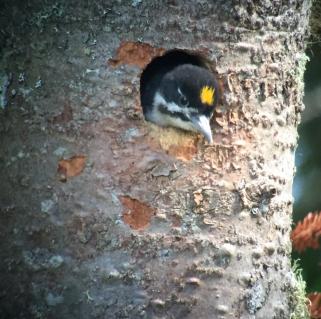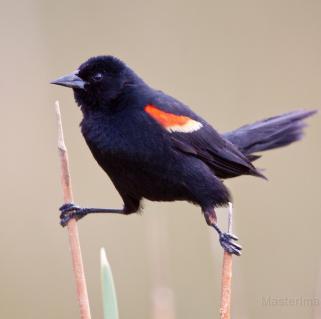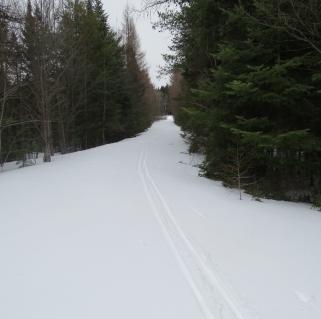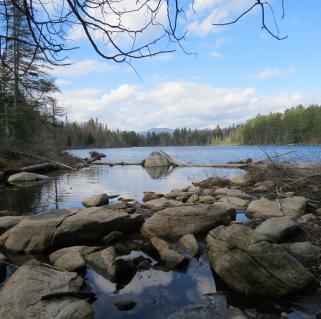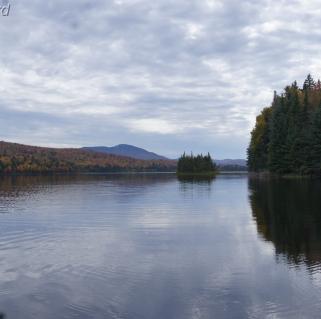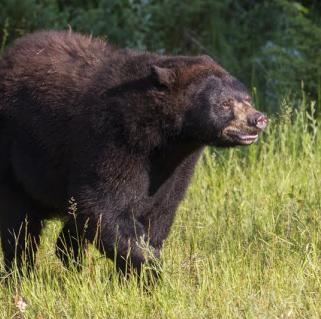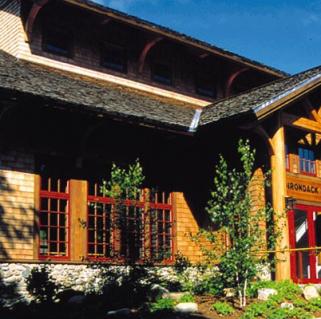You're snowshoeing down a gentle trail amid a snow-covered forest. Conifers wear thick caps of snow and you feel like you're in a winter wonderland (you are, it's not just a feeling). You encounter a set of tracks in the snow, crossing the trail and vanishing in the trees. In winter in Hamilton County, these might be the tracks of any number of animals that are active during winter, including moose, white-tailed deer, fox, raccoon, river otter, and more. It might even be the petite marks left by birds hopping through the snow, but that's another story for another day.
Although we have plenty of big outdoors here, we can't guarantee you'll see wildlife, but there is a good chance you'll spot tracks in the snow, and you never know, this might be the winter you spot that elusive moose! Therefore, it's important to understand the animals you may encounter and how you can make any interactions safe for yourself and the animal. Respecting wildlife is one of The 7 Principles of Leave No Trace, an excellent guide to positive practices outdoors. Moose or deer, rabbit or raccoon, the wilderness is their home. Please treat it accordingly, with respect and kindness. We've put together practical tips and fascinating information to help everyone learn more.
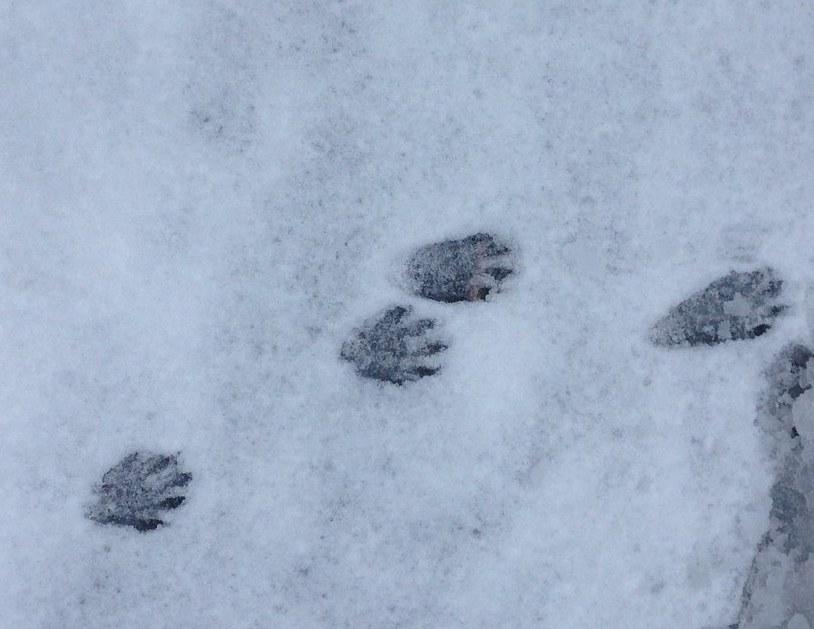
Adirondack animals
For many animals, winter is an important time of year and one that involves different behavior and even physical change. Let's hit the trail to find some animal info!
Moose
Adirondack winters are notoriously cold, but moose, who don't hibernate or migrate south, are well adapted to tough it out. Moose fur is hollow and in two layers. Like other mammals adapted to cold, the moose has fur that traps air; the heat doesn’t get lost and helps keep the moose warm on those cold, windy days and nights.
Moose live off a hearty, crunchy diet of a variety of twigs, sedges, weeds, and grasses. Some of these nutritious foods are harder to come by in winter, which means moose use more energy looking for food, avoiding predators, and traveling through deep snow. But don't worry, they are great at filling up in the summer and fall!
Watch out driving! Because moose exert more energy in winter than any other time of year, they’ll tend to stick to places where the snow is shallower. This includes packed trails, railroad corridors, and roads. When driving, keep your eyes on the road and be alert.
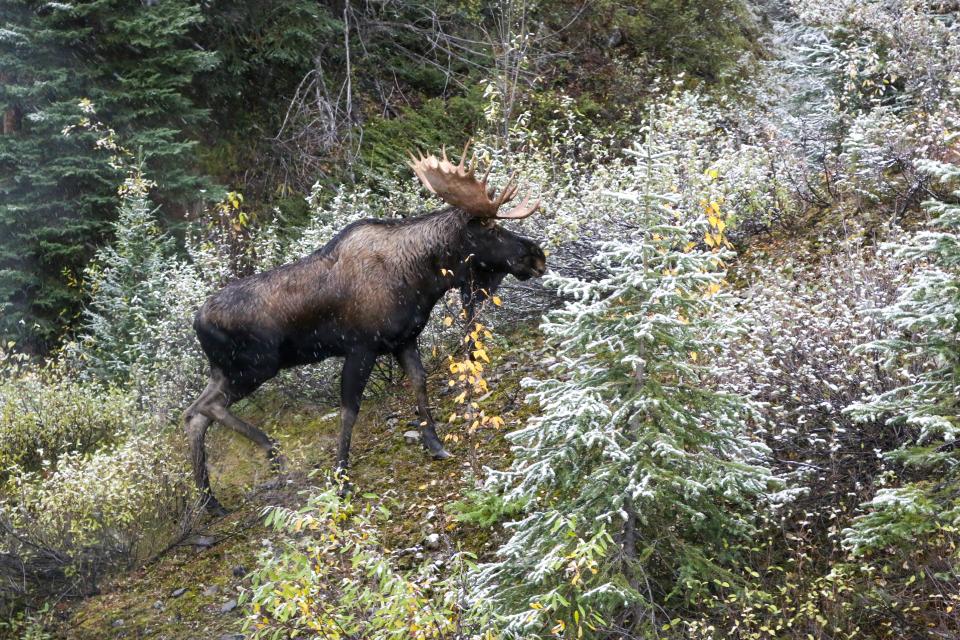
Deer
Speaking of staying alert on the road, keep an eye out for deer! These graceful, quick-on-their-hooves animals are great travelers and you just might spot a pair dashing across the road. Like moose, deer are active all year-round. Unlike moose with their double layer of fur, deer shed their summer coats and take on a thicker, more insulating winter coat. It absorbs more sunlight and traps warm air better, all to help keep the deer much warmer in the harshness of winter.
Another way deer adapt to winter is by being less active. Yes, they still move around, but they save energy by getting cozy and staying in one spot for longer periods, for as much as a few days, not even getting up to eat. Conserving energy also means they don't have to try to find more food to compensate, which makes winter less stressful.
Black bear
In summer, respecting wildlife comes with plenty of warnings about black bears: omnivorous, they have great appetites and a sense of smell. Those campfire hot dogs aren't just people-pleasers! However, wintertime for bears and those who may encounter them is quieter. A lot quieter.
During the fall, bears eat and drink and eat and drink, all day, every day, preparing for winter. For bears, fat rules and the more they can pack on before winter, the better. As the weather cools, bears retreat to dens (in rock crevices, under downed trees, etc.) where they settle in for a long, long nap. Bears hibernate for several months, especially females, who don't tend to come out of their dens until late spring, hopefully with a litter of cubs. During hibernation, bears do not eat, drink, or go to the bathroom. They're not, however, deep sleepers. If they are disturbed by a visitor or the weather significantly warms up, it's like a cheerful alarm clock!
No matter what, keep your distance from bears, no matter what season, and if you think you've found a den, do not disturb!
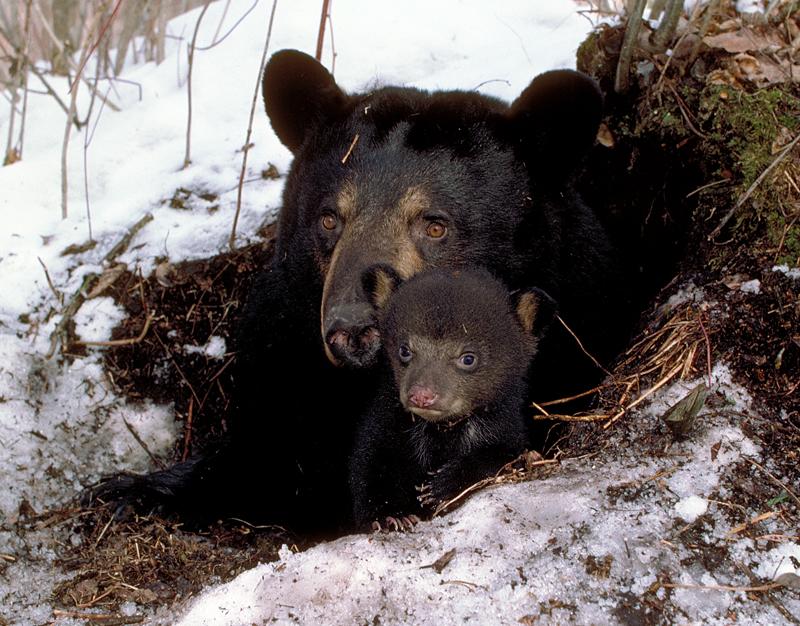
River otter
Perhaps you've been to The Wild Center in Tupper Lake and seen the adorable river otters that live there. It's great fun to watch the otters swim, snack, and snooze. It's a treat to be able to observe them up close, but the rare treat of spotting one (or two, or three) in the wild is unforgettably exciting.
River otters are numerous in Adirondack lakes, rivers, and streams, where they feed on crayfish, amphibians, reptiles, and fish. In Hamilton County, freezing water doesn't slow them down from a meal; otters simply spend more time feeding from rivers and streams.
Otters are semi-aquatic mammals that really seem to love being in the water. Winter doesn't change that at all, and in fact, many a river otter has been spotted having a splashy swim on a frigid day, rolling, diving, and even playfully wrestling with other otters. Sliding across the ice is another great way of playing and getting around. Icy water doesn't bother the otter because the it has a specialized coat of fur made of two layers, including one that is essentially waterproof, as well as a clear second eyelid, making vision underwater easier even in the cold.
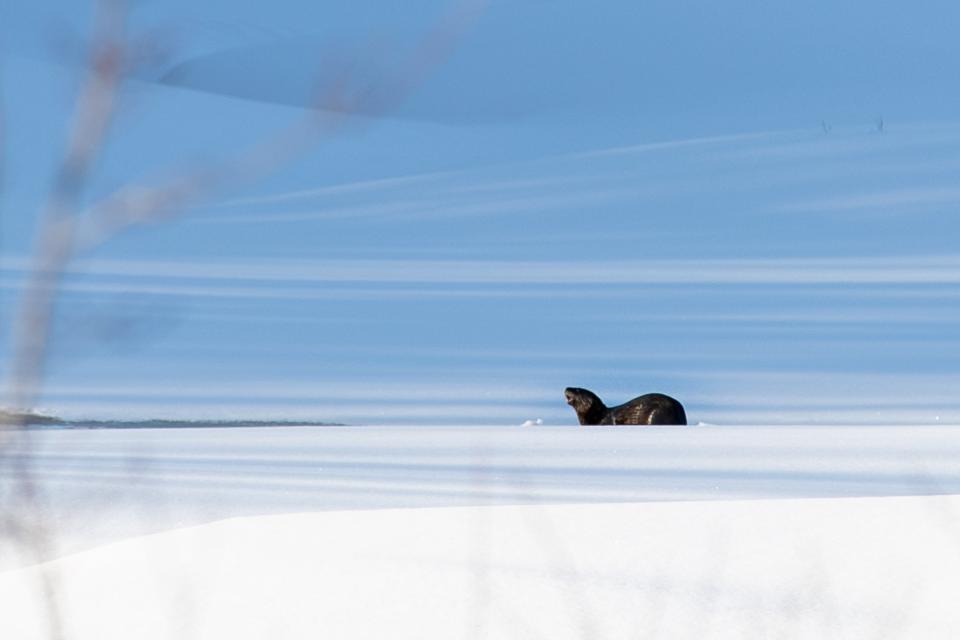
Explore safely, kindly
Now that you know a bit more about Adirondack wildlife, let's explore some tips for positive interactions and practices.
Key tips
- Keep your distance! We all want a photo of a moose or a deer in the wild, but you should never approach wildlife. Stress from human interactions can have a truly negative impact on wildlife, so please keep their comfort in mind.
- Need a bathroom break while out on the trail? Be sure to dispose of urine at least 200 feet from a body of water, whether it's a lake, pond, or stream. Wildlife doesn't carry a Yeti or a Nalgene bottle; animals drink from the water sources you may see while you're out and about. So for the sake of clean water for everyone, please do your thing away from the water. Solid waste either has to wait or be packed back out with you.
- In addition to staying away, please do not ever feed wildlife, even if you think it's "natural" food. Wild animals should stay wild.
- If you spot an animal that seems sick or injured, please call the authorities and do not attempt to fix the problem yourself. We know you mean well, but there are professionals trained to deal with this.
- Fido and Rover love to snowshoe with you, don't they? Bring them along, but please be sure you manage your animals. Encountering another dog, or wildlife can be stressful and even fatal for both dog and wildlife.
Nature is about balance and disrupting the lives of wildlife as little as possible. If you see wildlife out in the wild, be careful, considerate, and savor the moment. Even if you can't snatch a photo, you'll have a truly special memory to last forever. You can also mark the sighting on your Adirondack Experience Wildlife Challenge form! The Wildlife Challenge awards points for mammals, insects, and amphibians you may spot year-round in the area. When you've collected 100 points you mail in your completed form for a special pin!
Start planning your trip to Hamilton County today and if you do get any great photos, be sure to tag us on Facebook @AdirondackExperience!

